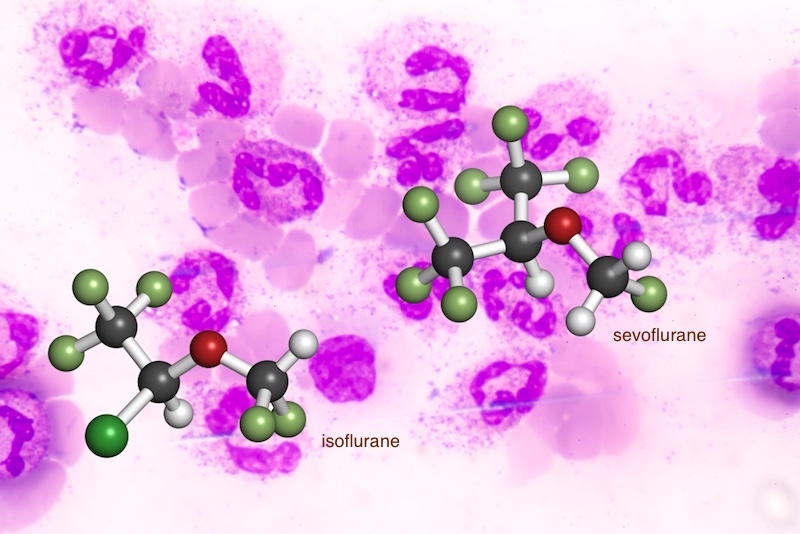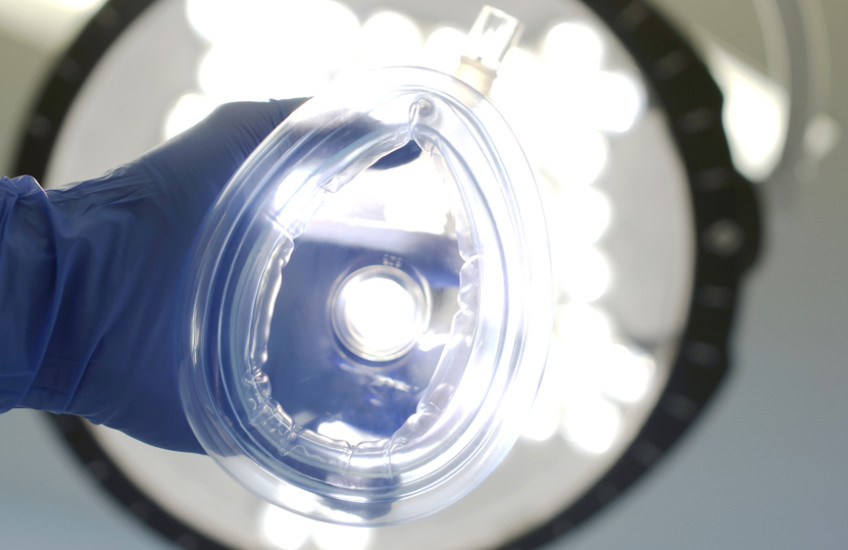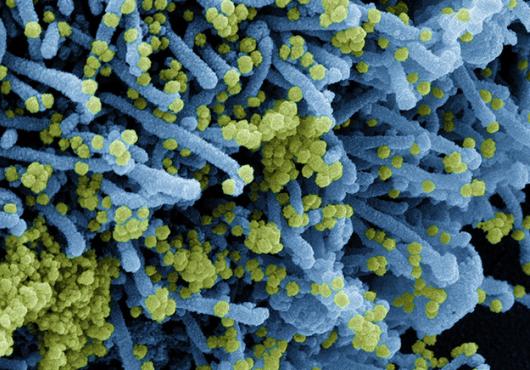Sepsis, an extreme immune response to infection, has no specific treatment and is a leading cause of hospital deaths.
As part of their care, patients often undergo imaging procedures and surgery to pinpoint and help eliminate the infection. New preclinical findings in mice suggest that the choice of general anesthetic used for these procedures can influence sepsis outcomes.
Quite separate from their anesthetic effects, the two inhaled anesthetics studied were found to alter the immune system — enough to improve or worsen sepsis in a mouse model, researchers at Harvard Medical School and Boston Children’s Hospital reported in The FASEB Journal.
“This study shows for the first time that sevoflurane improved sepsis outcome, but isoflurane worsened it,” said senior author Koichi Yuki , HMS associate professor of anesthesia at Boston Children’s.
To date, no studies have looked at the anesthetics’ effects on sepsis outcomes in humans.
Investigating whether the results hold true for people with sepsis “is urgently required,” said Yuki.
Comparing sevoflurane and isoflurane
The study assigned 40 mice with abdominal sepsis to one of three groups. The first two groups received general anesthesia with either sevoflurane or isoflurane, the two most commonly used inhaled anesthetics. The remaining mice received neither of the anesthetics and served as controls.
Septic mice receiving sevoflurane had significantly better survival than both the control and isoflurane groups.
The isoflurane group did even worse than the controls, supporting the results of another recent study by Yuki’s team.
Six days after the onset of sepsis, about 70 percent of the sevoflurane group was still alive, as were about half of controls. In contrast, the entire isoflurane group had died by the end of four days.

Immune effects
Examination of the animals’ tissues found that those receiving anesthesia with sevoflurane had fewer bacteria. They also lost significantly fewer neutrophils in the spleen through the cell-death process known as apoptosis.
“Neutrophils are critical first-defense immune cells to fight against microbes,” said Sophia Koutsogiannaki, HMS instructor of anesthesiology at Boston Children’s, co-first author of the study.
When neutrophils were exposed to sevoflurane in a dish, they also showed reduced apoptosis. Molecular studies showed that sevoflurane blocked the binding of two proteins in the Fas apoptosis pathway: Fas D and FADD.
Isoflurane did not have these effects. In the earlier study, it was associated with higher bacterial loads. Working through a separate molecular mechanism, it led to fewer neutrophils showing up to fight infections and less ingestion of bacteria by neutrophils.
“Our study suggests that the selection of certain anesthetic drugs could be critical in the management of septic patients because their immunomodulatory effects could be large enough to affect sepsis pathophysiology,” said Yuki.
Future directions
Aside from being mice, the authors note that their models did not have other medical complications, as human patients with sepsis often do.
“Outside of the main findings, this study suggests that neutrophil apoptosis could be a therapeutic target for sepsis,” said Yuki, “and that sevoflurane could be used as a prototype to develop novel inhibitors for neutrophil apoptosis for the treatment of sepsis.”
He said one possibility would be sevoflurane-mimetic drugs that have no anesthetic effects.
HMS and Boston Children’s coauthors included Lifei Hou (co-first author), Nathan Blazon-Brown and Sulpicio Soriano. Additional authors are affiliated with the University of Pennsylvania and Juntendo University Faculty of Medicine in Tokyo.
The work was supported by the Children’s Hospital Medical Center Anesthesia Foundation and the National Institutes of Health/National Institute of General Medical Sciences (R01GM118277).
Adapted from a post on Discoveries, the Boston Children’s news and story portal.






